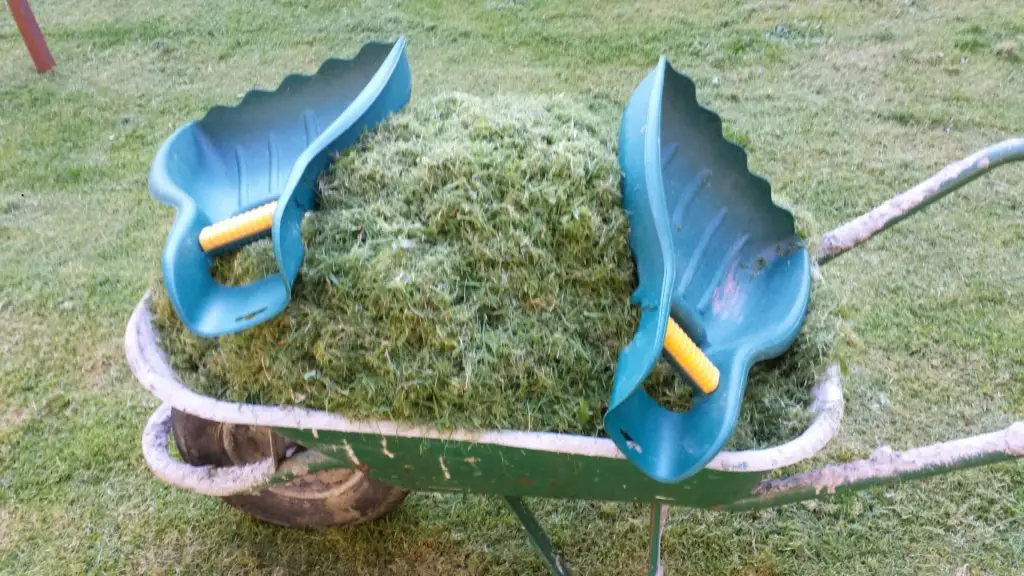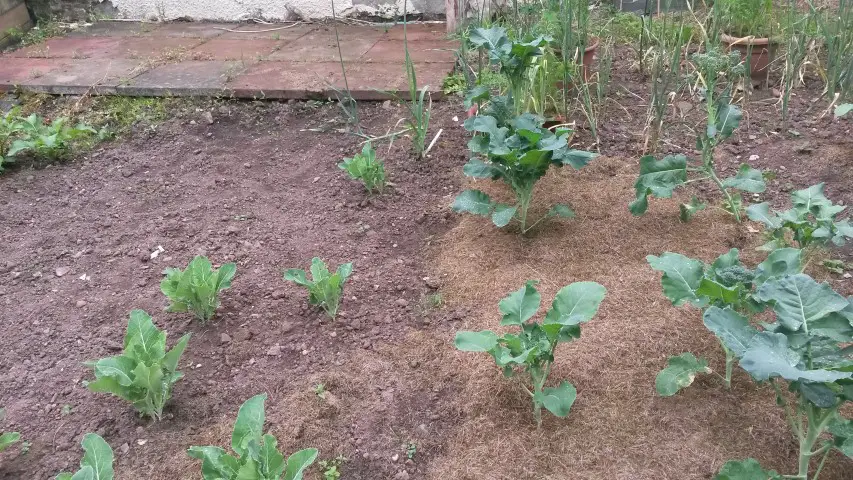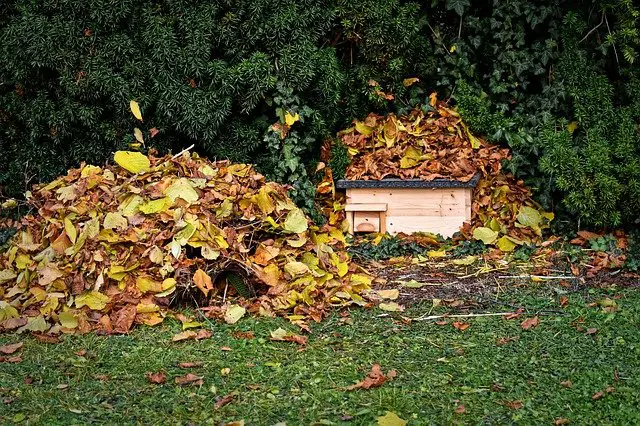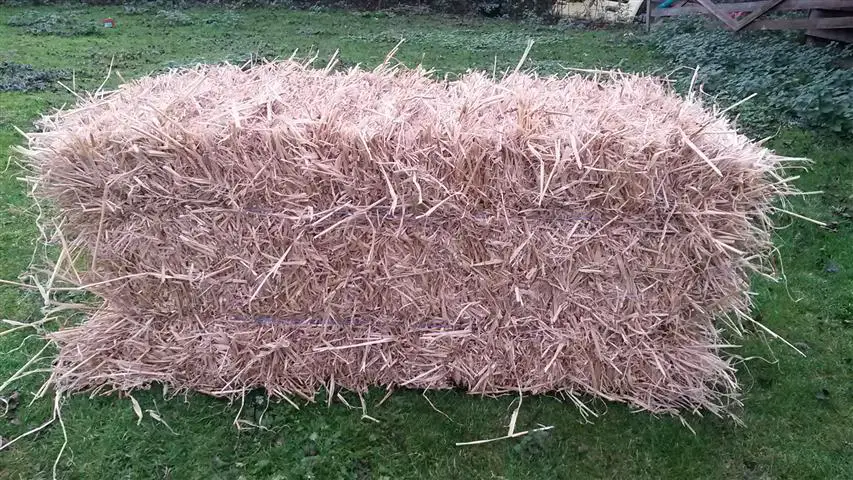
Ok, I’ll admit that this may not be the most exciting topic in the gardening world – however the results of mulching with grass cuttings with regard to weed control, positive recycling and improved crops are actually quite exciting – if you’re into that sort of thing 🙂
I have quite a large area of grass to cut, and especially in the Spring-time with the early growth spurt this means that I have a fair amount of grass to dispose of.
Normally of course this would not be wasted, but is added to the general composting pile as a rich source of nitrogen and composting energy to the heap.
However even this can get a little overwhelmed in the spring, and the danger with too much grass on the compost heap is that if you do not turn it regularly then you will end up with a solid mat of slimy wet grass choking the compost.
This grass mat does not decompose very well, or at least I should say that it takes a while – a year at least.
Of course grass should be added to any compost heap as it provides valuable nitrogen, however it should be turned over with the addition of ‘brown’ material such as fallen leaves, brown paper or small twigs to create the perfect mix for your compost as well as preventing the whole slimy mess that the grass on its own will become.

Grass clippings can also be used to pack into a Hugelkultur as ‘green’ material for this no-dig gardening method that also uses up fallen timbers and leaves to form a self-irrigating growing area that is popular amongst gardeners with land to spare – and a supply of forest debris!
Mulching Vegetables With Grass Clippings
Mulching around the vegetables with grass clippings is an excellent way to dispose of the grass clippings and also do a number of beneficial things besides! – just check out the list below.
- Mulching between your vegetables with grass clippings restricts the growth of pesky weeds – an ongoing battle for every gardener! Any weeds that do manage to poke through are easily lifted from the soil.
- The thick layer of grass cuttings helps to keep the soil around the base of the plant moist, reducing the need for constant watering – thereby saving water and your precious time!
- As the grass decomposes it adds nutrients to the soil (especially nitrogen) and improves the soil conditions.
- The mulch encourages worms which will pull the decomposing grass down into the earth and improve your soil structure.
- Mulching early in the season will help protect young plants from an unexpected late frost.
As you can see, there are many benefits to mulching around your vegetables with grass clippings 🙂
How to lay your mulch:
I hesitate to even include this section – it’s just too simple, but what they heck…
Simply collect your grass clippings form the collecting basket, or rake them into a pile. Spread them out between your plants at least 2 inches thick, but preferably 3-4 inches for best effect. This may well drown out young seedlings for a while but as long as you do not cover them entirely and let the sun do its thing – they will soon rise above the mulch.

Different Mulching Materials:
Mulching can of course be done with many other materials besides grass clippings. Shredded paper makes good mulching material, but do not use any paper with color pictures as the ink contains chemicals that may well be harmful.
Brown paper wrapping can also be laid out without shredding as a weed suppressant cover under grass clippings or other mulching material. The worms in particular seem to love it and so the whole nutrient-process gets an added lift as the worms do their thing.
In fact this type of mulching is used as a ‘Lasagna Gardening‘ method. This involves layering the brown paper with kitchen vegetable waste, grass clippings and other organic material to form a layered garden like a green & brown sandwich.
These layers can be planted out with many types of vegetables to form a self-feeding garden that can produce some excellent results as the nutritional value grows along with the decomposition of the mixture..
Shredded bark or bark chippings can be used, although they do not carry the same composting advantages as paper or grass.
The autumn time is an excellent time to collect fallen leaves and scatter them amongst the fruit shrubs and bushes to help protect against deep frost damage to the roots.
Straw or hay also makes great mulch, although the hay can contain a LOT of seeds that may gain root throughout the season. This is not such a problem with barley straw although you can get barley sprouting as well if the bales include seed heads.

This can also be a problem with Straw Bale gardening, though the germinated seed is easilly pulled out.
Sawdust or shavings can also make excellent mulch and is a great way to get rid of the chippings from a wood-chipper.
There are of course artificial ways to suppress weeds and encourage growth such as black plastic coverings or weed suppressant fabrics – but that does not make good use of your grass clippings which was the whole idea of this blog post!
You may also like this post – Building a raised bed garden
